Game description:
Care Of Gongon places the player inside a daycare that no longer serves its original purpose. Instead of cheerful colors and activity, the environment feels static and uncertain. The player steps into the role of a woman searching for her child, navigating empty halls and quiet rooms. The structure of the game encourages exploration with minimal instruction. Without constant direction or a map, players must rely on observation and sound to make progress.
Interaction Through Object Discovery
There is no traditional inventory system or combat mechanic. Instead, the game focuses on interacting with objects that reveal parts of the daycare’s history. Most items are placed to give context rather than utility. Players are asked to engage with these objects and make sense of their placement or condition. Doors open based on proximity or event triggers, and not every path leads to something new. The tension builds from what is seen and what is deliberately left unclear.
What Defines Care Of Gongon
· A first-person view with limited visibility
· Minimal user interface and no guided objectives
· Static lighting and fixed room design
· Slow-paced exploration tied to event triggers
· Audio design that signals changes or hidden clues
These features encourage players to pay attention to sound, motion, and layout rather than text or spoken dialogue.
Characters With Fragmented Intentions
Throughout the facility, players encounter characters who do not follow predictable behavior. Some may appear for only a moment and never return. Others repeat a pattern that offers no explanation. There is no clear antagonist, but the presence of certain figures suggests threat or restriction. The player is not told who to avoid or follow. Most encounters end without conflict, but they change how the environment feels afterward. Dialogue, when present, is minimal and often incomplete.
Progress Without Clear Resolution
Care Of Gongon does not follow a level-based format. Instead, progress is marked by small changes in layout or access. A previously locked door may open without warning. A room may contain new items without explanation. The lack of traditional checkpoints means that the game rewards attention and persistence. While the objective is framed around finding the missing child, the experience expands beyond that task. What is learned or missed depends entirely on how the player explores the space.








































































































































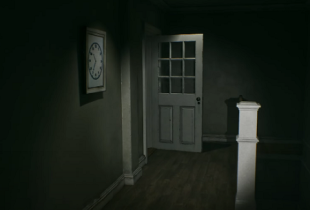

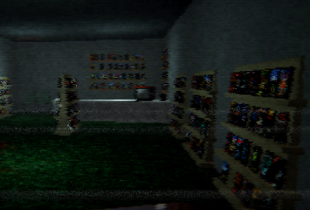

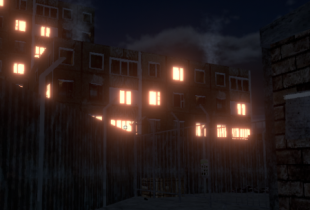

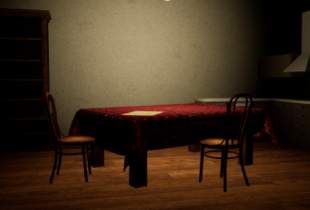
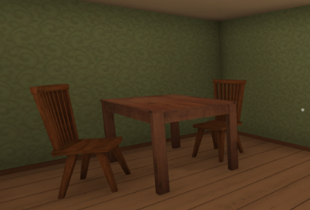



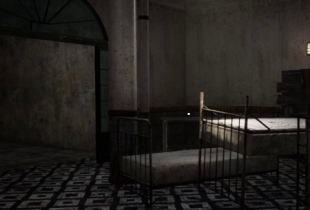

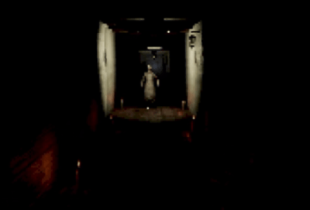

Comments